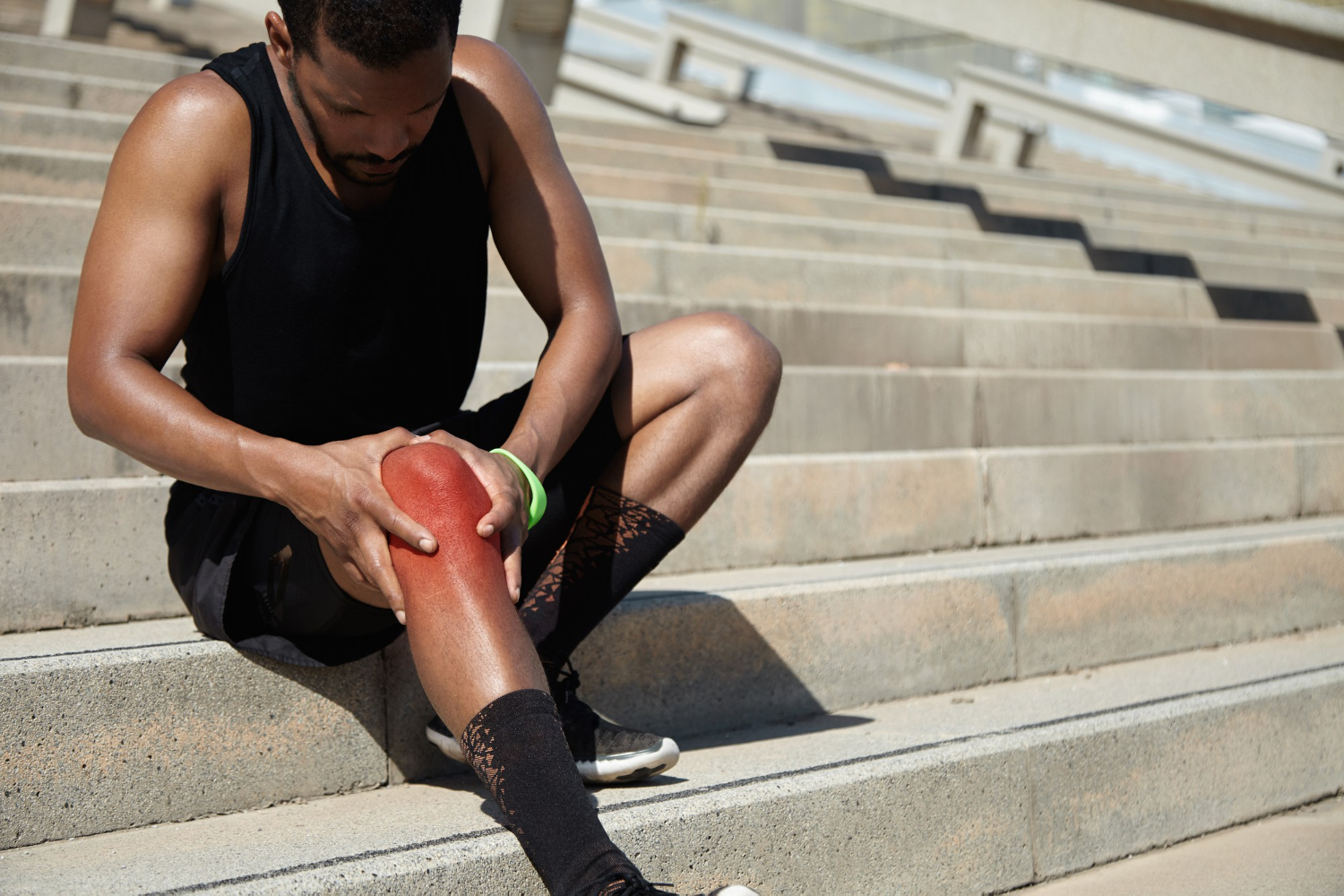Tendon and Ligament Injuries (e.g., ACL, Rotator Cuff): What You Need to Know

Whether you’re a professional athlete, a weekend warrior, or just someone who enjoys staying active, tendon and ligament injuries can be a real setback. Two of the most common types of soft tissue injuries are tendon injuries, such as rotator cuff tears, and ligament injuries, like the ACL tear. These injuries can cause significant pain, limit mobility, and require months of rehabilitation.
In this blog, we’ll dive into what these injuries are, how they happen, and what you can do to prevent and treat them.
Understanding Tendons and Ligaments
-
Tendons are strong, fibrous tissues that connect muscles to bones. They help transmit the force generated by muscles to move the joints.
-
Ligaments are bands of tough, elastic tissue that connect bones to other bones. They help stabilize joints and prevent excessive movement.
While both structures are critical for movement and joint stability, they differ in their function and injury patterns.
Common Tendon Injuries: The Rotator Cuff
The rotator cuff is a group of four muscles and their tendons that surround the shoulder joint. It plays a key role in stabilizing and moving the shoulder.

Rotator Cuff Injuries Include:
-
Tendinitis: Inflammation from overuse.
-
Tears: Partial or complete rupture of the tendon.
-
Impingement: When the tendons get pinched during shoulder movements.
Causes:
-
Repetitive overhead motions (e.g., throwing, lifting)
-
Acute trauma, such as falling on an outstretched arm
-
Age-related wear and tear
Symptoms:
-
Shoulder pain and weakness
-
Difficulty lifting or rotating the arm
-
Clicking or popping sensation
Common Ligament Injuries: The ACL
The Anterior Cruciate Ligament (ACL) is one of the major ligaments in the knee. It helps control forward movement and rotation of the shinbone.

ACL Injuries Include:
-
Sprains: Stretching or minor tearing of the ligament
-
Complete tears: Full rupture of the ligament, often requiring surgery
Causes:
-
Sudden stops or changes in direction
-
Pivoting with a planted foot (common in sports like soccer and basketball)
-
Direct collisions or awkward landings
Symptoms:
-
A loud “pop” or feeling of giving way
-
Rapid swelling of the knee
-
Instability and difficulty bearing weight
Diagnosis and Treatment
If you suspect a tendon or ligament injury, early evaluation by a medical professional is key. Diagnosis typically involves:
-
Physical exam
-
Imaging tests (MRI, ultrasound)
Treatment Options:
-
RICE Method: Rest, Ice, Compression, Elevation
-
Physical therapy: To restore strength and flexibility
-
Medications: To reduce pain and inflammation
-
Surgery: Often necessary for complete tears, especially in the ACL or rotator cuff
Recovery and Rehabilitation
Recovery time can vary:
-
Mild injuries: A few weeks with rest and rehab
-
Moderate to severe injuries: Several months, especially post-surgery
Rehabilitation focuses on:
-
Restoring range of motion
-
Strengthening surrounding muscles
-
Preventing future injuries
Prevention Tips
While not all injuries are avoidable, you can reduce your risk with these tips:
-
Warm up and stretch before exercise
-
Strength train regularly, especially core and stabilizing muscles
-
Use proper form during sports and workouts
-
Avoid overtraining and allow adequate recovery time
-
Listen to your body—don’t ignore pain
Final Thoughts
Tendon and ligament injuries like ACL tears and rotator cuff issues are common, but with the right care and prevention strategies, you can recover and return to the activities you love. If you’re experiencing persistent joint pain or instability, don’t wait—seek medical guidance and start your path to healing.
Stay active. Stay strong. Stay informed.
